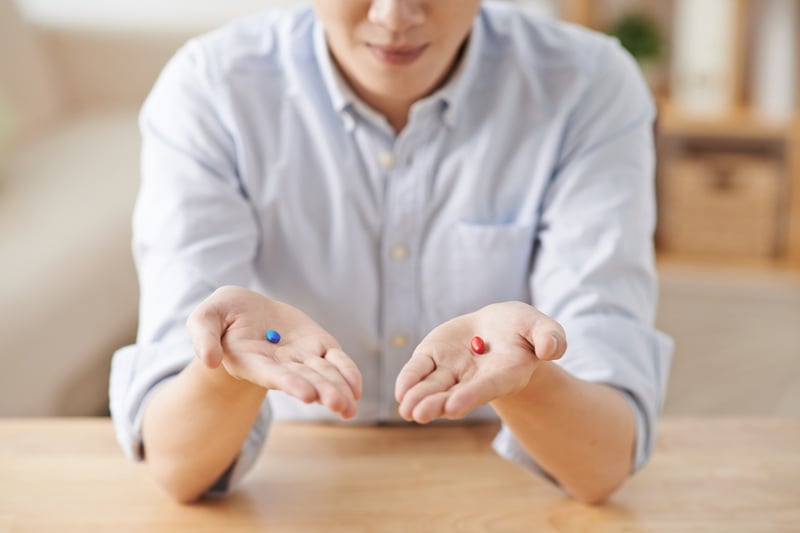Generic vs. Brand: What's the Difference?

Understanding the differences between generic and brand name medications can help injured workers understand their workers' compensation prescriptions a bit better. When you experience an on-the-job accident or illness, you have to become fluent in medical jargon pretty quickly. It's helpful to know the ins and outs of the medications that your doctor prescribes. Getting to know generic medications versus brand names is the first step.
According to the FDA, nearly 8 in 10 prescriptions filled in the United States are for generic drugs. That statistic may lead you to wonder, what are generic drugs and why are they apparently used more often than brand drugs? To answer those questions, it is important to understand a little bit about how drugs are developed and come to market.
Brand Drugs
To develop a new medication, certain companies do a tremendous amount of work and research to find a medication that will be effective and safe for use. During development, new drugs are often put under patent protection, which protects the sponsor's investment in the drug's development by giving them the sole right to sell the drug while the patent is in effect. If a drug completes development and is approved by the FDA, it will be approved with both a brand and generic name.
The brand name of a medication is the name given by the company that makes the drug and is usually easy to say for sales and marketing purposes. The generic name, on the other hand, is the name of the active ingredient. The key to understand is, though the generic name exists, the company who developed the drug, through its patents, receives an exclusivity period where it has the only rights to sell the medication under either the brand or generic name. During the period of patent protection, the company sets the price to a point where it can recover research and development costs along with other cost, like marketing, while trying to make a profit.
Generic Drugs
At the point where a patent expires and the exclusivity period ends, other manufacturers are allowed to apply to the FDA to sell generic versions under the generic name of a medication. Because the generic manufacturer doesn’t have the research and development, marketing, promotion and other costs of the brand manufacturer, they are able to sell the medication at lower cost. So much so that in a 2010 study, it was reported that generics saved the US healthcare system over 3 billion dollars a week.
In order for the FDA to approve a generic version of a brand, the FDA requires that generic medications have the same dosage form, safety, strength, route of administration, quality, performance characteristics and intended use as the brand-name drug. And, the generic manufacturing, packaging, and testing sites must pass the same quality standards as those of brand name drugs.
Generic vs. Brand
When it comes to the difference between generic and brand drugs, the generic version of a drug will differ in certain characteristics, such as inactive ingredients (including colors and flavorings). When differences such as certain inactive ingredients (e.g. coloring) are important in the care of a particular patient, it may be appropriate for the prescribing physician to require that a specific brand be dispensed for a particular patient. Even though certain characteristics may differ, such as inactive ingredients, in order for the FDA to approve a generic drug, the differences between a brand and generic drug can not affect performance characteristics, safety or effectiveness. The generic version of a drug will not look like the brand because trademark laws in the U.S. do not allow a generic drug to look exactly like other drugs already on the market.
Whether you take brand or generic medication, it’s important to be informed about your medications. For more information, check out FDA facts about generic drugs.
Other Posts You Might Be Interested In
Subscribe to email updates
Stay up-to-date on what's happening at this blog and get additional content about the benefits of subscribing.


